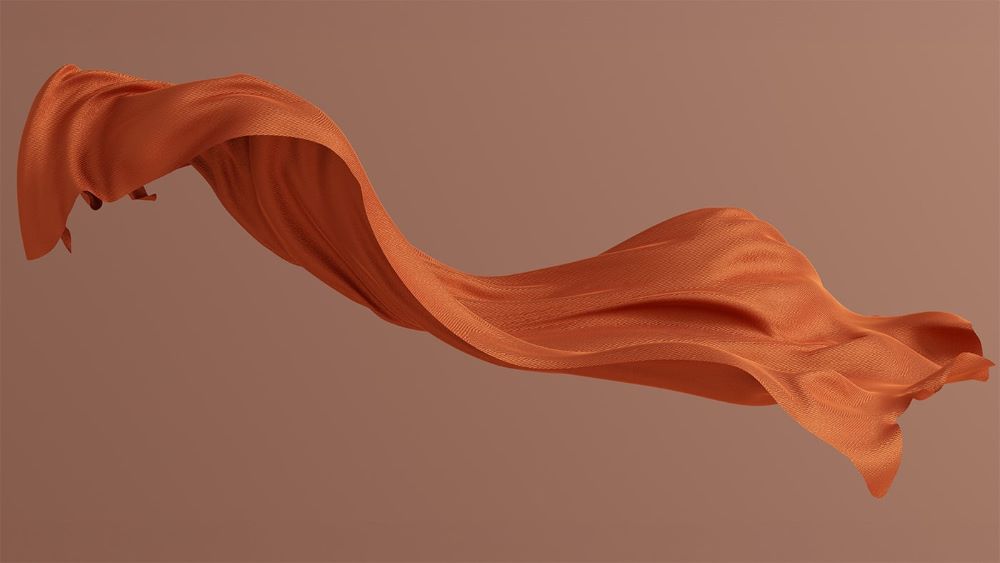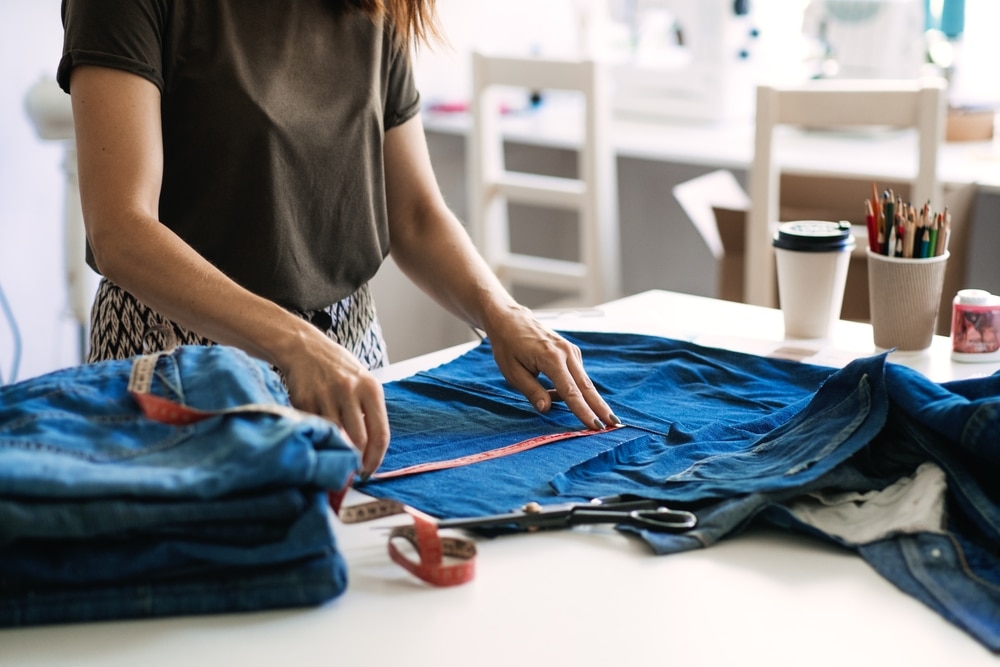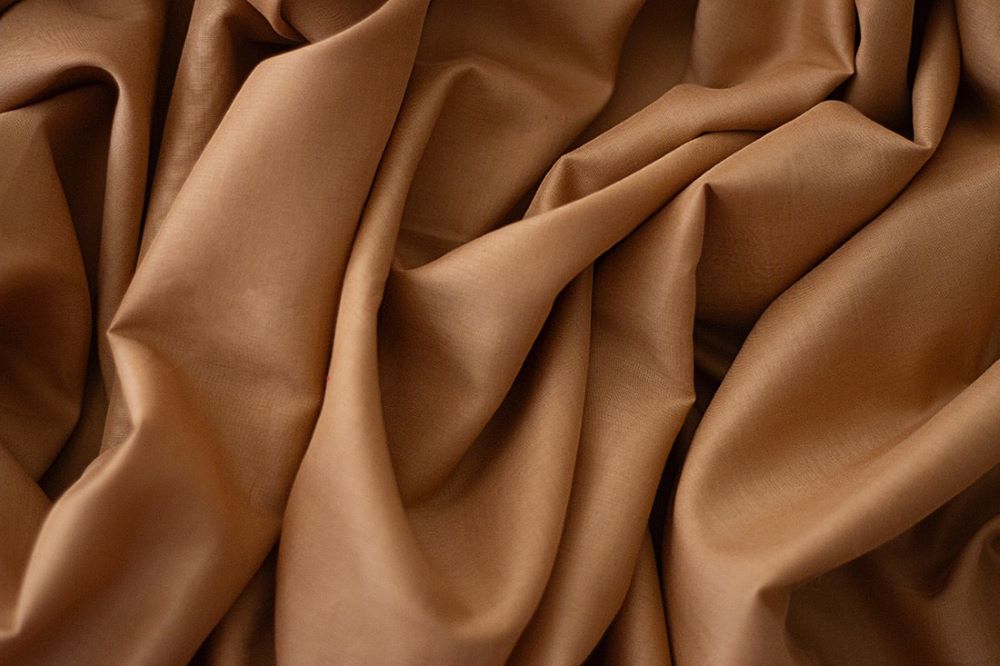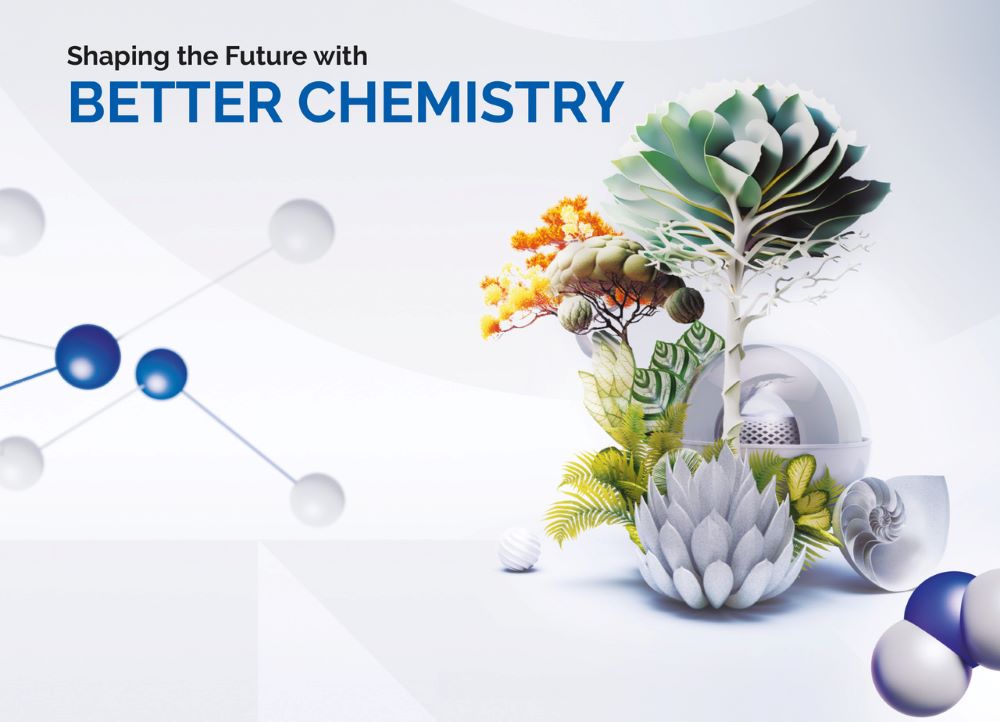At Polygiene, we believe innovation and technological development are of the utmost importance if we are to create a better world. We want the textile industry to become more sustainable and environmentally friendly. But we also want it to thrive. Crucially, technology enables the technology sector to do both.

With this in mind, we are constantly exploring and analyzing new textile technologies. From biodegradable textiles to advanced robotics in manufacturing, we want a complete picture of how fashion and textiles are changing and where the industry is heading. We know from experience with our own anti-odor Freshness solutions that brands and consumers constantly seek new features and qualities that distinguish their clothes, make them stand out, and improve how they look, feel, and perform. New technologies are the primary way we achieve this.
Drawing on our industry insight and expert knowledge, we created this guide to the key textile technology trends changing the textile industry for the better.
14 textile technology trends that are changing the industry
Textile technology is advancing rapidly; brands announce exciting developments regularly. This made it difficult to narrow down our list. Ultimately, we got it down to 14 core technology trends transforming the textile industry.
- Antimicrobial additives
Antimicrobial additives are changing how brands think about textile design by ensuring fabrics stay fresh between washes. As many of the unpleasant odors on our clothes result from bacterial growth, antimicrobial additives stop smells at the source and enable consumers to wear items more and wash them less frequently. In turn, this extends products’ expected lifespans and makes them much more sustainable.
Our industry-leading Polygiene StayFresh™ solution is an excellent example. Based on silver ion technology, the solution’s active ingredient is silver chloride, a salt that occurs naturally in soil and water. Skin-safe and capable of providing antibacterial protection for a product’s entire lifespan, Polygiene StayFresh prevents bacterial growth, keeping textiles odor-free in the process. Capable of reducing a garment’s overall environmental impact by a third, Polygiene StayFresh is helping fashion brands usher in a new age of sustainable design.
- Biodegradable textiles
Biodegradable textiles are gaining ground as fashion brands become increasingly interested in sustainability and want to ensure products are environmentally friendly across their entire lifecycle, including end-of-life disposal. Biodegradable textiles are an innovative textile technology that enables consumers to dispose of their clothes safely and sustainably. They’re an excellent alternative to recyclable textiles.
Textiles that do not degrade naturally are usually consigned to landfills, where they remain for a long time. Polyester clothing can take up to 200 years to decompose, depending on fabric quality and thickness (UofW). By developing and utilizing biodegradable textiles, brands address one of the most pressing sustainability issues in the fashion industry.
- Upcycling
Brands are also becoming much better at upcycling materials to create new products. Several businesses have launched successful upcycling programs. Patagonia’s Worn Wear initiative is an excellent example. It allows customers to trade in their old Patagonia gear for credit. The clothing is then upcycled for resale.
Some brands are taking things further and basing their entire business model and product range on upcycled items. For instance, Paris ReMade takes high-end designer items and deadstock and repurposes them, creating new products. Renowned for its out-there designs, the brand demonstrates that upcycling is not incompatible with the catwalk.

- 3D printing
While 3D printing has been transforming traditional manufacturing processes for several years, the fashion industry was a little slower in recognizing its potential. However, 3D printing has now well and truly arrived, and brands are using it extensively and in a variety of innovative ways.
3D printing is a textile technology that allows for incredibly intricate designs, enabling brands to add elaborate decorative embellishments and performance-enhancing features. For instance, 3D printing has considerably impacted trainer design, allowing designers to create lightweight but strong soles by allowing detailed cut-outs.
- Smart textiles
We are all familiar with wearables—from FitBits to Apple Watches- and they are everywhere. These devices monitor our heart rate, temperature, sleep quality, and other biometrics. Until recently, these wearable devices were typically incorporated into watches, bracelets, or similar accessories. Now, smart textiles are taking their place.
Featuring an array of tiny sensors, smart textiles can monitor the wearer’s health metrics or external conditions, providing consumers with important information and feedback. We could soon see a t-shirt that alerts the wearer when they need to apply sunscreen or records their daily exercise. This textile technology is already widely used in medical and military applications. Over the next few years, we expect it to become more common in everyday consumer clothing, becoming one of the fastest growing textile technology trends.
- Anti-odor clothing
When we sweat, the damp, dark conditions make textiles the perfect breeding ground for odor-producing bacteria. Fabrics also soak up environmental odors, like body odor, smoke, and cooking smells. That’s why our fitness clothing or workwear gets smelly pretty quickly. Clothes that smell bad also affect our comfort and self-confidence, often preventing us from fully focusing and fulfilling our potential.
Fortunately, new anti-odor additives offer a solution. While antibacterial solutions, like Polygiene StayFresh, tackle those odors caused by bacteria, Polygiene OdorCrunch™ attacks environmental smells. It does so using natural silica particles. These silica particles attract the molecules responsible for environmental smells (most notably sulfur, oxygen, and nitrogen), absorb them, and crunch them, breaking them down and releasing them.
- Nanotechnology
Nanotechnology concerns itself with the tiny. It refers to technologies that are 1 to 100 nanometres in size and we are only just starting to exploit its potential in textiles. Broadly speaking, nanotechnology brands use nanotechnology to improve textile performance. For instance, designers can integrate specific nanoparticles into textiles to improve certain performance characteristics. They could make them more water-resistant or enhance the UV protection they provide the wearer.
Combined with existing antimicrobial solutions, nanotechnology is a new textile technology that could usher in a new age of self-cleaning fabrics. This would reduce the amount of washing required and extend a product’s expected lifespan.

- Circular economies
The concept of circular economies is everywhere, pervading all industries and influencing all manufacturing organizations. The textile industry is no exception. In a closed-loop circular economy, businesses limit the amount of material, energy, and other components entering or leaving the manufacturing cycle. This places greater emphasis on recycling, reusing, and renewable energy sources.
In textiles, several technologies are improving brands’ abilities to implement closed-loop systems. While we have already mentioned upcycling, chemical recycling techniques are another good example. They enable manufacturers to break textiles down into raw components, which can then be used to produce new fibers, reducing their reliance on new, virgin resources.
- Hydrophobic materials
We are also seeing advancements in hydrophobic textile technology. This kind of solution improves fabric water repellency and prevents textiles from absorbing moisture. As you might expect, the sports and outdoor industries are particularly interested in this technology.
However, we can also use hydrophobic technology to equip products with self-cleaning properties. Hydrophobic coatings cause water droplets to roll off surfaces. As they do, the drops carry away accumulated dirt and debris, keeping the item clean and reducing the amount of washing required.
- VR, AR, and virtual try-on
While brick-and-mortar stores still play a critical role in the clothing, fashion, and textile industries, digital technologies and sales tools are revolutionizing how consumers approach shopping. Augmented reality apps enable customers to see how clothes will look and fit before making a purchasing decision, so they don’t even have to leave their homes to try on outfits.
At the same time, body-scanning technologies ensure customers get the right size every time, reducing returns, making for a more streamlined experience, and improving customer satisfaction. As this new textile technology develops, we can expect to see it used to facilitate bespoke tailoring and personalized designs, too.
- Artificial Intelligence (AI) in Design and Manufacturing:
AI is everywhere right now – including the textile industry. We anticipate it affecting the sector in two main ways. First, AI will play a role in analyzing consumer behavior, trends, and preferences, helping brands identify market movements and opportunities. They can use this information to inform textile design and development, limiting costly design failures and better meeting consumer demand.
Second, AI will help textile businesses optimize manufacturing processes and improve efficiency. Again, this will reduce overall operating costs by reducing resource use and minimizing manufacturing errors. Savings made via innovative AI textile technology can then be invested in other areas.
- Synthetic biology and lab-grown materials
Synthetic and lab-grown materials are also changing how we think about natural resources and our relationship to traditional textile crops, such as cotton. The ability to synthesize new materials and produce them at scale in a controlled environment means that we do not require the harmful pesticides and chemicals used to grow natural fibers and can better manage our resource use.
Lab-grown materials also enable us to create fibers with desirable qualities and performance characteristics. For instance, we can bioengineer synthetic spider silk that is stronger, lighter, and more durable than traditional fibers. We can create textiles that perform better in extreme heat or cold or respond to specific environmental conditions, such as high humidity.
Finally, synthetic, lab-grown materials give us greater control over how a textile looks, feels, and interacts with other fibers. It allows brands to create entirely new designs that break the rules associated with traditional fibers and gives them much more creative freedom.
- Advanced robotics in manufacturing
With the emergence of a truly global economy and the promotion of a fast fashion philosophy, much of the Global North’s traditional textile manufacturing emigrated to countries in the Global South, where it was cheaper to produce. However, this has resulted in concerns over ethical labor practices and sustainability.
In recent years, advanced robotics seems to have overcome one of the main obstacles preventing textile manufacturing from returning to the Global North – cost. Though the initial investment required is significant, robotics in manufacturing allows for low-cost, ethically responsible textile production. As a result, we are seeing some innovative brands set up new manufacturing facilities in countries that lost their textile sector decades ago.
- Blockchain enhances supply chain transparency
Knowing where materials come from and how they move through the manufacturing process is essential for sustainability. How can a business claim a product is ethical if we do not know how they source their raw materials? In the past, supply chain transparency was a complex issue, and there was little transparency.
Today, organizations such as bluesign® and OEKO-TEX® assess, monitor, and accredit companies seeking to promote their sustainable processes. However, brands are also considering blockchain technology as a potential solution. Blockchain technology facilitates secure and transparent tracing, helping us track materials as they move through the supply chain. While this makes it easier to assess whether a product truly is ethically produced, it also reduces opportunities for counterfeiting.
Polygiene technology is at the cutting edge
Emphasizing performance, comfort, and sustainability, Polygiene solutions are a fantastic example of how you can leverage innovative textile technology to improve products, offer consumers better value, and distinguish your brand. Whether you want to integrate Polygiene StayFresh, Polygiene OdorCrunch, or both into your textiles, the process is relatively simple and easy to implement.
Both solutions are added to textiles at the point of manufacture, so the additive permeates the material and is IN the fabric rather than on it. This prevents leaching and ensures the product benefits from 24/7 anti-odor protection for its entire lifespan. Our technologies are entirely skin-safe, compliant with the EU’s REACH legislation, and certified by both bluesign® and OEKO-TEX.
By tackling odors at the source, Polygiene solutions reduce the washing required to keep products fresh and smell-free, drastically reducing their environmental impact. An excellent way to make your products more sustainable, the solutions also save end-users valuable time and money while helping them stay comfortable and confident throughout the day.




